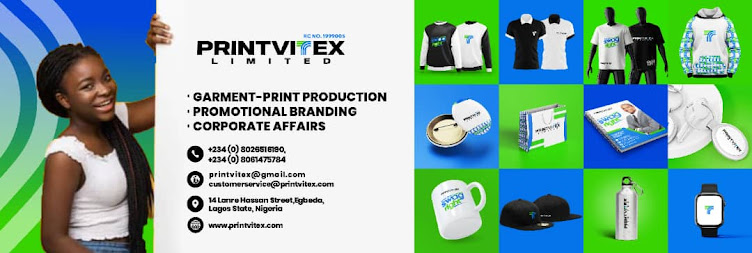Beyond the conventional confines of traditional logo-centric approaches, typography emerges as a dynamic and expressive tool to convey brand identity, personality, and messaging. Welcome to the world where typography takes center stage, crafting a narrative that goes beyond visual aesthetics – a world where every brushstroke of type becomes a statement in itself.
- Typography as a Visual Language: Typography isn't just about selecting a font; it's about creating a visual language that resonates with your audience. Every typographic choice – from the font style to the spacing – contributes to the overall tone and perception of your brand. Just as spoken words carry intonation and emotion, typography carries the visual rhythm of your message.
- Breaking Free from Convention: Bold brushstrokes, elegant scripts, geometric precision – typography offers a vast playground of styles to explore. Unconventional typographic choices can become a distinct and memorable aspect of your brand's identity. Consider brands like Coca-Cola or Disney, whose typographic logos have become iconic in their own right.
- Crafting Emotional Connections: Typography can evoke emotions that resonate with your audience. A playful script might exude friendliness, while a bold sans-serif might convey strength and professionalism. By choosing the right typography, you can create an immediate and lasting emotional connection with your audience.
- Typography in Action:
- Brand Voice Amplified: Typography can amplify your brand's voice. A tech company might opt for sleek and modern typefaces, while a vintage-inspired brand might lean towards ornate and classic fonts.
- Beyond Words: Sometimes, typography becomes the design itself. A single word or even a letter can encapsulate your brand's essence. Think of Nike's iconic swoosh – a symbol that speaks volumes with just a single brushstroke.
- Message Emphasis: Typography helps guide the reader's attention. By varying font sizes, styles, and colors, you can emphasize key messages and create a hierarchy of information.
- Combining Typography with Visuals: Typography doesn't exist in isolation; it's often intertwined with visuals to create a cohesive brand experience. Whether it's a typographic logo, a tagline, or a compelling headline, the interplay of type and imagery forms a powerful visual statement.
- Harnessing the Digital Landscape: In the digital age, typography transcends print media. Brands have the opportunity to experiment with interactive typography, animations, and dynamic font changes that enhance user experience.
- Balancing Creativity and Readability: While creativity is paramount, readability should never be compromised. Striking the balance between unique typography and legibility ensures that your message is not lost in artistic intricacies.
Bottomline:
Typography is a canvas for expression, a vessel for storytelling, and a tool for brand differentiation. In a world where visual language reigns supreme, the bold brushstrokes of typography allow brands to communicate with impact. As the saying goes, "Actions speak louder than words." But in the world of branding, it's the right words – expressed through the art of typography – that have the potential to leave an indelible mark.






No comments:
Post a Comment